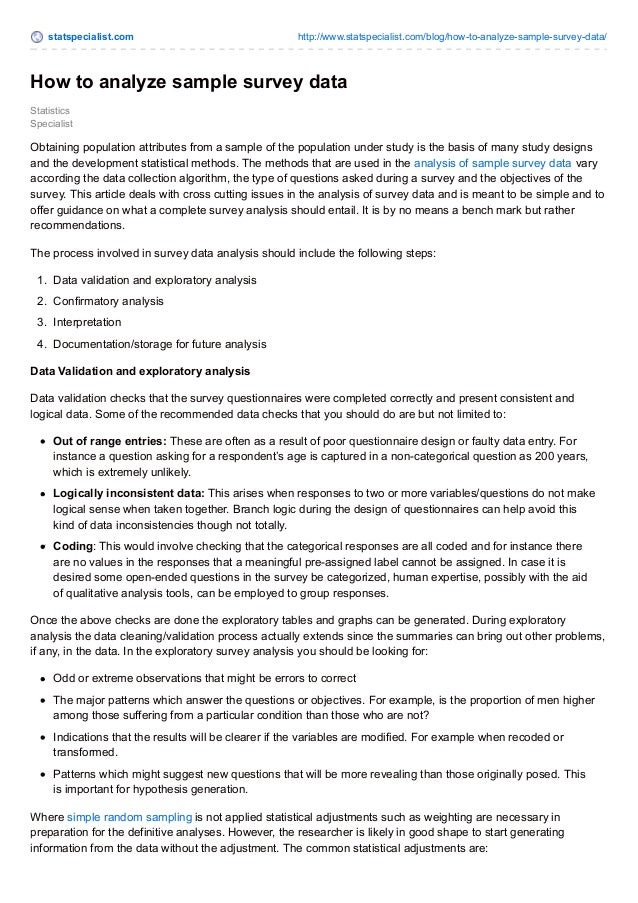
Annotating the entire MHG epic corpus would allow us to better understand any rules that do exist as well as the challenges any particular text poses. Crucially, the goal of any such model is not to establish an absolute truth about a historical language the goal is to automatically reproduce the annotation decisions of scholars on a large scale. Instead of a deductive approach, i.e., beginning with the assumption of trochaic alternation as fundamental, supervised learning allows for a large-scale inductive approach, supplying the algorithm with a wealth of specific examples from which general principles can be discerned. The increased popularity of machine learning algorithms and their application to textual data presents a particularly fruitful opportunity in a domain that has plagued MHG scholarship for years. While this paper does not attempt to fully unite these diverse fields, it does seek to take careful consideration of each in developing a computational model to better understand how medieval German poets crafted their words into meter, and in turn aid us in our own reading of the text. Most work thus far has not been able to master all of these areas 2. Poetic meter in the Middle High German (MHG) tradition has always been a contentious and complex subject, as it requires a nuanced knowledge of MHG literature, a strong understanding of MHG linguistics, particularly phonology, and knowledge of the musical practices of the period 1. We conclude that poets generally chose to use the double mora to emphasize highly sonorant words. Finally, we investigate the double mora, which MHG poets used to draw attention to chosen concepts. We then rank all the epic poetry in the Mittelhochdeutsche Begriffsdatenbank (MHDBDB) by the difficulty of the meter. Lines with multiple double morae of syllables with few characters are the most difficult. We determine that trochaic alternation with a one syllable anacrusis and words carrying clear stress assignment are the easiest for the model to scan. The model achieves a weighted average F-score of 0.925 on internal cross-validation and 0.909 on held-out testing data. Additional metrical rules are enforced and marginal probabilities are calculated to yield the most likely legal scansion of a line. The features used are: (1) the syllable's position within the line, (2) the syllable's length in characters, (3) the syllable's characters, (4) elision (last two characters of previous syllable and first two characters of focal syllable), (5) syllable weight, and (6) word boundaries. We construct a supervised Conditional Random Field (CRF) model to predict the metrical value of syllables, and subsequently investigate medieval German poets' use of semantic and sonorous emphasis through meter. The seventh value is a double mora, i.e., a long stressed syllable. Single or half mora syllables can carry any one of three types of stress, resulting in six combinations. There are a total of eight possible metrical values. The predominating pattern in MHG verse is the alternation between stressed and unstressed syllables, but syllable length also plays a crucial role. Middle High German (MHG) epic poetry presents a unique solution to the linguistic changes underpinning the transition from classical Latin poetry, based on syllable length, into later vernacular rhythmic poetry, based on phonological stress. Department of German, University of California, Berkeley, Berkeley, CA, United States.


From Harvard University's Houghton Library. Another handwritten manuscript of Donne's work, this one from after his death and more ornately bound. From the digital collections of the New York Public Library. An early handwritten manuscript of Donne's poems, containing Holy Sonnet 14 among many others. A concise summary of the Metaphysical Poets along with links to the Poetry Foundation pages for several of them. An in-depth essay on Donne's life and writing, along with additional poems, from the Poetry Foundation. Listen to a recitation of "Holy Sonnet 14." Here, Gerald Finley (as physicist Robert Oppenheimer) contemplates the power of the bomb and sings Donne's poem. The minimalist composer John Adams, along with director Peter Sellars, wrote an opera about the development of the atomic bomb. More “Holy Sonnet 14: Batter my heart, three-person'd God” Resources.


 0 kommentar(er)
0 kommentar(er)
